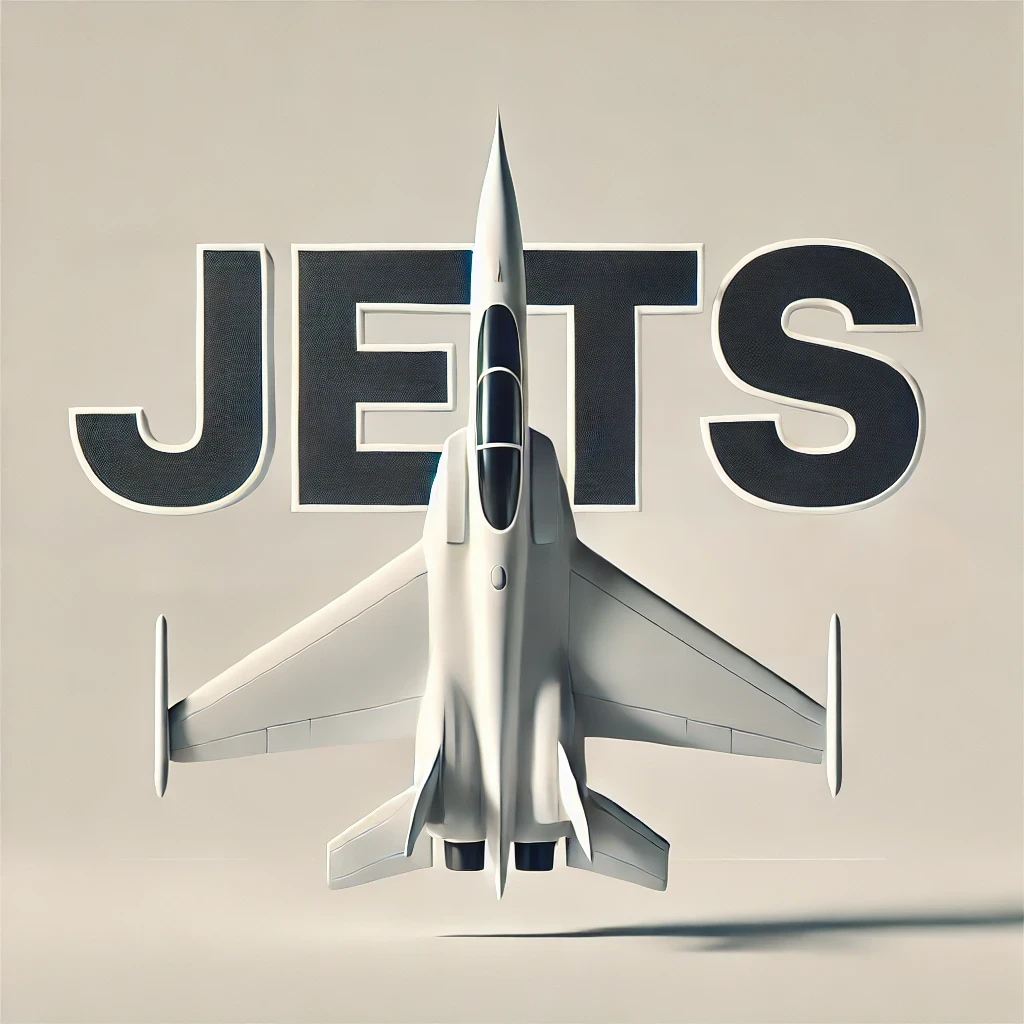This section contains all of the questions that could be a part of this quiz, only the correct answers are listed. The quiz will choose 15 random questions from the pool below. If you've found this section feel free to take a look but to start the quiz you should press "Start Quiz". You may also be interested to know that the first jet aircraft's engine produced just 1,100 pounds of thrust - modern jet engines can produce over 100,000 pounds!
Q1: Which historic jet aircraft was the first to carry fare-paying passengers in 1952?
A1: de Havilland Comet
Q2: Match these historic jets to their notable achievements.
A2: Messerschmitt Me 262 - First operational jet fighter, Concorde - First supersonic passenger service, Gloster E.28/39 - First British jet to fly
Q3: Which nation developed the first operational jet fighter aircraft?
A3: Germany
Q4: What was the maximum cruising speed of Concorde?
A4: Mach 2.02
Q5: Which historic jet held the passenger aircraft speed record before Concorde?
A5: Convair 990
Q6: Which of these were pioneering British jet engines?
A6: Whittle W.1, de Havilland Ghost, Rolls-Royce Nene
Q7: Arrange these historic jet aircraft in order of their first flight.
A7: Heinkel He 178, Messerschmitt Me 262, de Havilland Vampire
Q8: Which engine type is most commonly used in modern commercial passenger jets?
A8: Turbofan
Q9: Which of the following are primary control surfaces on a jet aircraft?
A9: Ailerons, Rudder, Elevator
Q10: What is the typical cruising altitude for commercial passenger jets?
A10: 35,000 feet
Q11: Match each jet part to its primary function.
A11: Flaps - Increase lift during takeoff, Vertical stabiliser - Controls yaw movement, Winglets - Reduce drag at wingtips
Q12: What speed must an aircraft achieve to break the sound barrier?
A12: Mach 1
Q13: Which material is most commonly used in modern jet engine turbine blades?
A13: Nickel-based superalloys
Q14: What is the minimum number of engines required for commercial passenger jets according to ETOPS regulations?
A14: Two
Q15: Which gas is typically used to prevent fire in aircraft fuel tanks?
A15: Nitrogen
Q16: Which of the following are common types of jet engine thrust reversers?
A16: Cascade, Clamshell, Target
Q17: What is the primary purpose of the APU in a jet aircraft?
A17: Starting the main engines
Q18: Which part of a jet engine compresses incoming air before combustion?
A18: Compressor
Q19: What is the main advantage of a swept-wing design in jet aircraft?
A19: Reduces drag at high speeds
Q20: Which instrument measures an aircraft's altitude by sensing air pressure?
A20: Altimeter
Q21: What type of metal is primarily used in a jet aircraft's fuselage construction?
A21: Aluminium alloy
Q22: Which system provides breathable air at high altitudes in a jet aircraft?
A22: Pressurisation system
Q23: Match each aircraft speed term with its meaning.
A23: V1 - Decision speed for takeoff, V2 - Takeoff safety speed, VR - Rotation speed
Q24: What is the purpose of a jet engine's diffuser?
A24: Slow down airflow
Q25: Which of the following are types of weather radar displays used in jets?
A25: Plan Position Indicator, Range Height Indicator, Constant Altitude Display
Q26: What is the primary function of a jet engine's nacelle?
A26: House and protect the engine
Q27: Which navigation system uses ground-based radio beacons to guide aircraft?
A27: VOR
Q28: Arrange these events in the history of jet aviation in chronological order.
A28: First jet engine patent by Frank Whittle, First commercial jet airliner (de Havilland Comet), Introduction of the Boeing 747

